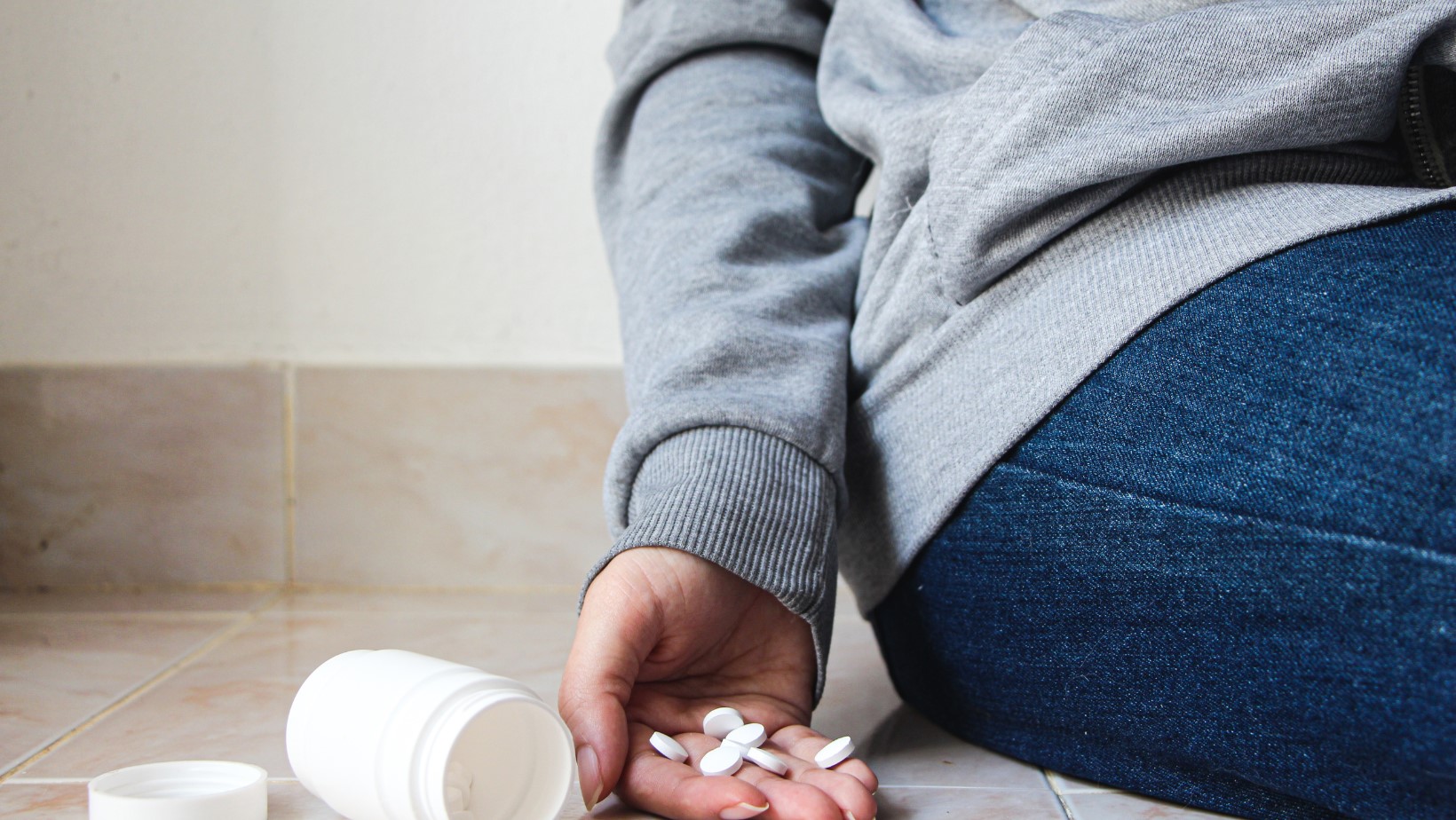
Overdose is the leading cause of death among Americans aged 18 to 45, with over 100,000 deaths in the U.S. in the year ending March 2022. This emphasizes the need for more awareness and action to address overdose prevention and treatment.
Observed on August 31st, International Overdose Awareness Day is the world’s most extensive annual campaign to end overdose, remember those who have died without stigma, and acknowledge the grief of the family and friends left behind. The campaign raises awareness of overdose, one of the world’s worst public health crises. It stimulates action and discussion about evidence-based overdose prevention and drug policy.
What is an Overdose?
An overdose means having more of a drug (or a combination of drugs) than your body can handle. Several signs and symptoms show someone has overdosed; they differ with the type of drug used.
Depressants, Amphetamines and Opioids
A depressant is a drug that slows the body’s vital activities, including breathing and heart rate. Opioids slow the central nervous system to produce a calming effect. When taken in excess amounts or combination, they can depress normal functions such as breathing and heart rate until breathing and the heart rate eventually stop.
Taking an excessive amount of amphetamines can significantly raise the risk of experiencing severe health complications, including heart attacks, strokes, seizures, or episodes of drug-induced psychosis. It’s crucial to understand that overdoses happen when the body is overwhelmed by the substance, leading to potentially life-threatening consequences. (DEA)
Addressing the Overdose Crisis: A Solution-Oriented Approach
In response to the overdose crisis, the U.S. Department of Health and Human Services and the Substance Abuse and Mental Health Services Administration (SAMHSA) have been actively working to provide practical solutions and support. Aligned with the HHS Overdose Prevention Strategy, their efforts focus on primary prevention, harm reduction, evidence-based treatment, recovery support programs, and policy implementation. Here is an overview of SAMHSA’s initiatives:
- Promoting Primary Prevention: SAMHSA collaborates with states and communities to develop comprehensive prevention programs. These initiatives educate the public about the dangers of sharing medications, raise awareness among medical professionals on the risks of overprescribing, and implement strategies like naloxone distribution to prevent overdose deaths.
- Supporting Harm Reductionists: Recognizing the crucial role of harm reductionists, SAMHSA supports community-based overdose prevention programs. These programs consider various factors influencing overdose risks, such as mental health, trauma, and social determinants of health, effectively preventing overdose fatalities since the mid-1990s.
- Opioid Overdose Prevention Toolkit: SAMHSA has published an Opioid Overdose Prevention Toolkit, a comprehensive resource that offers safety advice for patients and families, information for prescribers, essential steps for first responders, and valuable resources for individuals in recovery from an opioid overdose.
- Supporting Peer Workers: SAMHSA recognizes the invaluable insights and experiences of peer workers who have firsthand knowledge of the complex challenges faced by individuals with mental health issues and substance use disorders. They provide vital support and guidance throughout the recovery process.
SAMHSA remains committed to raising awareness and preventing overdoses. Their dedication to public education, engagement, and the implementation of effective strategies is unwavering. (Holleman, 2022)
In an emergency where you suspect an overdose, it’s essential to act quickly and prioritize the person’s safety. If you’re unsure whether it’s an overdose, it’s best to treat it as such to save a life potentially. Here’s what you should do:
- Call 911 immediately: Contact emergency services without hesitation. Inform them about the situation and provide all necessary details.
- Administer naloxone if available: If you have access to naloxone, an opioid overdose-reversing medication, administer it according to the instructions provided. Naloxone can help restore normal breathing and buy time until medical help arrives.
- Please do not leave the person alone: Stay with them and monitor their condition closely. Ensure their airway remains clear and provide reassurance while waiting for medical professionals.
(Centers for Disease Control and Prevention)
Recognizing signs of an overdose is crucial. Look for symptoms such as pinpoint pupils, loss of consciousness, slow or no breathing, choking or gurgling sounds, a limp body, cold or clammy skin, and discolored skin (especially in lips and nails). If you observe these signs, it’s essential to take immediate action by calling for emergency medical help and providing any necessary aid. Remember, quick intervention can make a significant difference in potentially saving someone’s life.
Works Cited
DEA. “International Overdose Awareness Day.” DEA, www.dea.gov/international-overdose-awareness-day.
Holleman, Chase. “Overdose Awareness Day: Remember. Act.” SAMHSA, 31 Aug. 2022, www.samhsa.gov/blog/overdose-awareness-day-remember-act.
Centers for Disease Control and Prevention. “International Overdose Awareness Day.” Centers for Disease Control and Prevention, 24 Aug. 2022, www.cdc.gov/drugoverdose/awareness/ioad.html#:~:text=Every%20August%2031st%2C%20International,reminder%20of%20the%20overdose%20crisis.
If you want to know more, please contact us here: CONTACT





